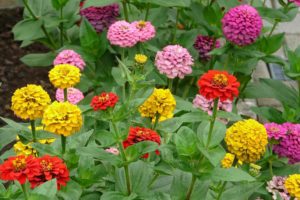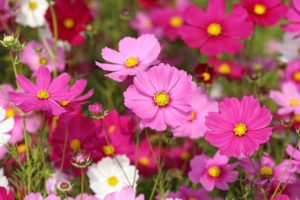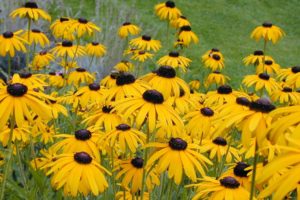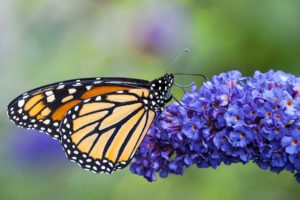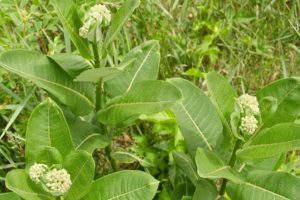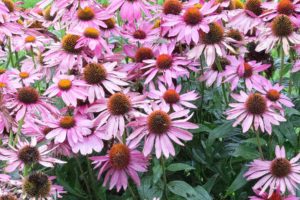The mission of this committee is to promote educational programs aimed at the preservation of birds and wildlife.
Ospreys: The Ultimate Fisherman
Photo by Pixabay
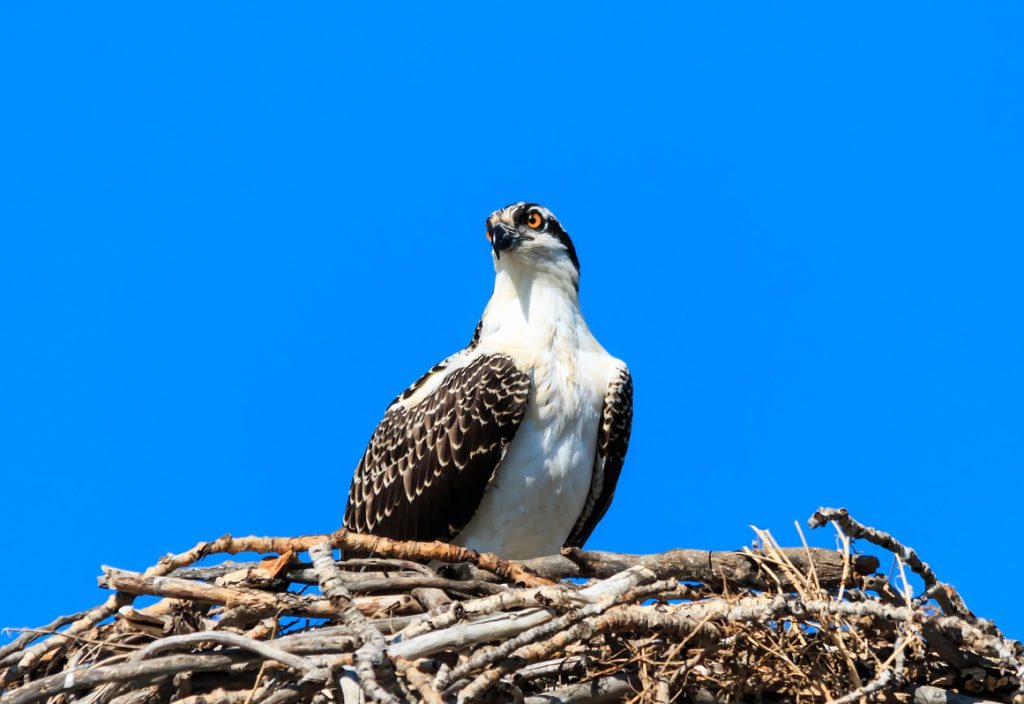
Ospreys are very large, distinctively shaped hawks. Despite their size, their bodies are slender, with long, narrow wings and long legs. Ospreys fly with a marked kink in their wings, making an M-shape when seen from below.
Ospreys are brown above and white below, and overall, they are whiter than most raptors. From below, the wings are mostly white with a prominent dark patch at the wrists. The head is white with a broad brown stripe through the eye. Juveniles have white spots on the back and buffy shading on the breast.
Ospreys search for fish by flying on steady wingbeats and bowed wings or circling high in the sky over relatively shallow water. They often hover briefly before diving, feet first, to grab a fish. You can often clearly see an Osprey’s catch in its talons as the bird carries it back to a nest or perch.
Look for Ospreys around nearly any body of water: saltmarshes, rivers, ponds, reservoirs, estuaries, and even coral reefs. Their conspicuous stick nests are placed in the open on poles, channel markers, and dead trees, often over water.
Unable to dive to more than about three feet below the water’s surface, Ospreys gravitate toward shallow fishing grounds, frequenting deep water only where fish school near the surface. Ospreys nest in a wide variety of locations, from Alaska to New England, Montana to Mexico, Carolina to California; their habitat includes almost any expanse of shallow, fish-filled water, including rivers, lakes, reservoirs, lagoons, swamps, and marshes. Whatever the location, Osprey nesting habitat must include an adequate supply of accessible fish within a maximum of about 12 miles of the nest; open, usually elevated nest sites free from predatory mammals such as raccoons, and a long enough ice-free season to allow the young to fledge.
Article taken from “All About Birds”
https://www.allaboutbirds.org/guide/Osprey/overview
The Great Egret
Photo by Tracy Sprague
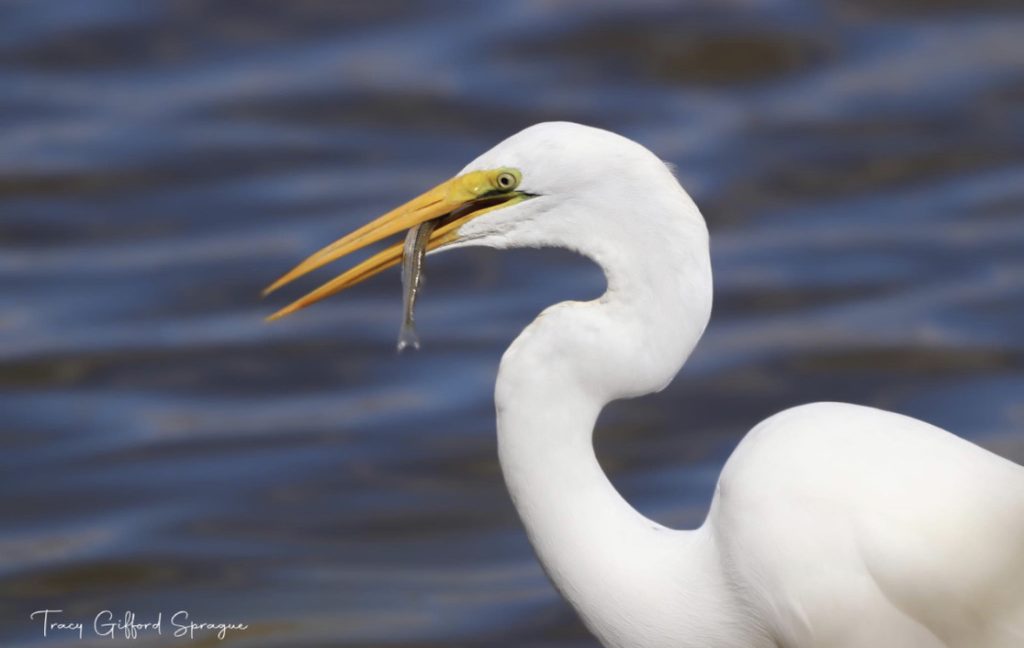
The Great Egret-smaller than a Great Blue Heron and larger than a Snowy Egret can be found in shallow wetlands marsh of fresh water pond or marsh of the mainland or salt water of LBI. They typically stand still and watch for prey to pass by; the Great Egret looks for fish, frogs and other small aquatic creatures. Using their long “S” curve neck and extended pointed bill, they are quick to strike and jab their prey.
All feathers of the Great Egret are white and their bills are yellow – orange color and their legs are black.
Great Egrets are colonial nesters. Their nests made of sticks are placed high in trees that are protected or isolated from predators such raccoons. In flight, the long neck is tucked in and the legs extend far beyond the tip of the short tail.
The measurements of both Male and Female Egrets:
Length: 37-40.9 inches
Weight: (approx) 35.3 oz
Wing Span: 51.6to 57.1in
The Great Egret, nearly extinct in the late 19th century, is the symbol of the National Audubon Society. The Audubon Society is one of the oldest environmental organizations in North America and was founded to protect birds such as the Great Egret from being hunted and killed for their feathers.
Article taken from “All About Birds”
https://www.allaboutbirds.org/guide/Great_Egret/id#
Garden Club Joins Beach Haven Elementary School May 2023
Photo by the Beach Haven School


Submitted by Diane Macrides
On Friday, May 5, 2023, the Birds and Wildlife Committee from The Garden Club of LBI met with the 1st grade class from the Beach Haven Elementary School. Along with their teacher, Jill Fallata, the group created a butterfly sanctuary. The students have been learning about the life cycle of butterflies and helped create a shelter in her garden filled with milkweed, parsley and various flowering plants to prepare for the next stages. The children were excited to comprehend the use of environmental practices to ensure a good habitat for butterflies. It was a wonderful project for the students to understand what an impact they created in their school community.
Meet the Foxes of the LBI Region
Photo: Tracey Sprague
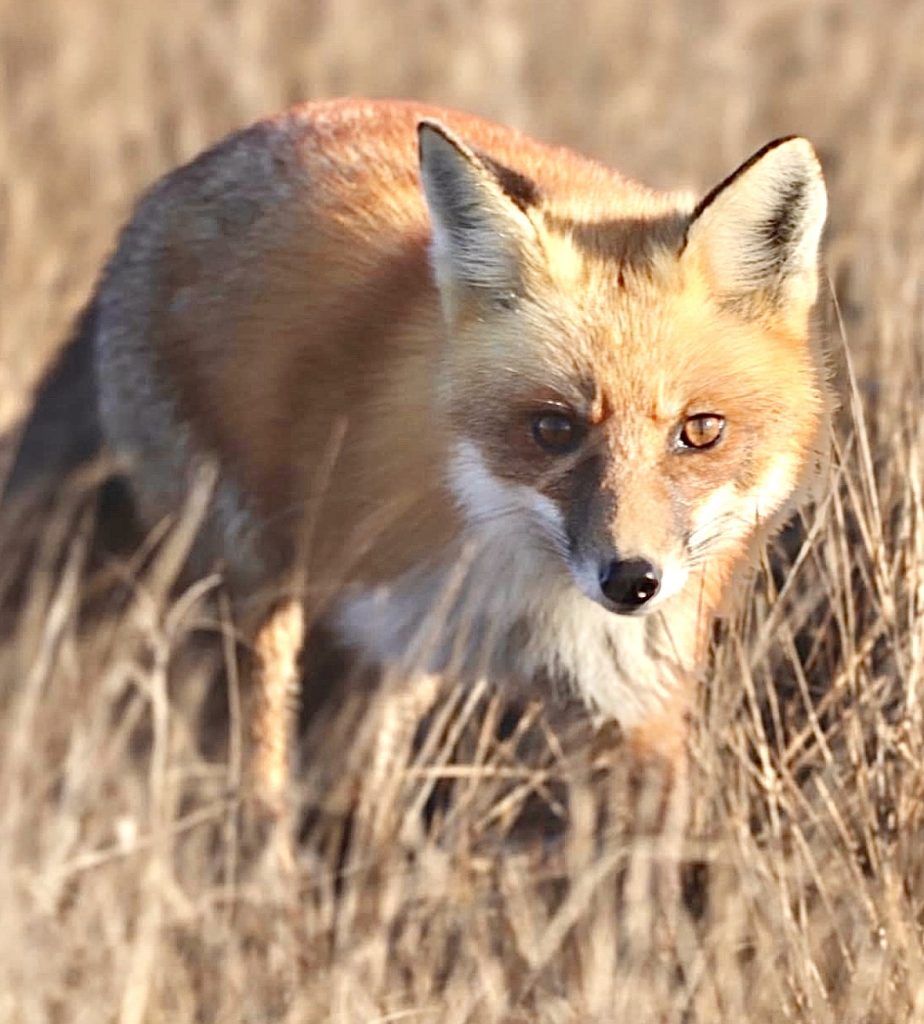
The red fox is dog-like in appearance, with an elongated pointed muzzle and large pointed ears that are usually erect and forward. It has moderately long legs and long, thick, soft body fur with a heavily furred, bushy tail. Typically, red foxes are colored with a light orange-red coat, black legs, lighter-colored underfur and a white-tipped tail.
Foxes will eat invertebrates ranging from insects to mollusks to crabs. They also hunt small animals such as mice and rabbits and eat parts of plants, especially fresh fruits. When giving birth, foxes can have litters of 2 to 12 pups.
Foxes tend to be their most energetic at dusk and dawn. However, they will move about during the day, especially when it’s dark and overcast. They also have a wide variety of calls. Similar to dogs, they can bark, growl, yap, howl and scream. Foxes have also been known to make sounds similar to a hiccup. During the winter months, a male will often be heard giving a yelling bark (wo-wo-wo) marking its territory.
Warning: Since foxes carry rabies, humans are at risk. While they do not seem to be frightened of people and may seem to be looking for food, a person should never try to feed or get close to a fox. Feeding a wild animal is never a good idea.
Rabies outbreaks are the most prevalent among red foxes in southeastern Canada and in the eastern United States.
In terms of their legal status, in the United States, foxes are listed as “fur bearers.” Most state governments give them status as game animals and will allow for the taking of foxes to protect private property. It is advisable that anyone with a fox(es) on their property, check with the New Jersey Wildlife Agency for regulations and options for damage prevention and control before acting out any precautionary measures.
Article credits: Long Beach Island Wildlife Services and http://www.islandbeachnj.org/Nature/animals/red-fox.html
Great Blue Heron
Photo: Tracey Sprague
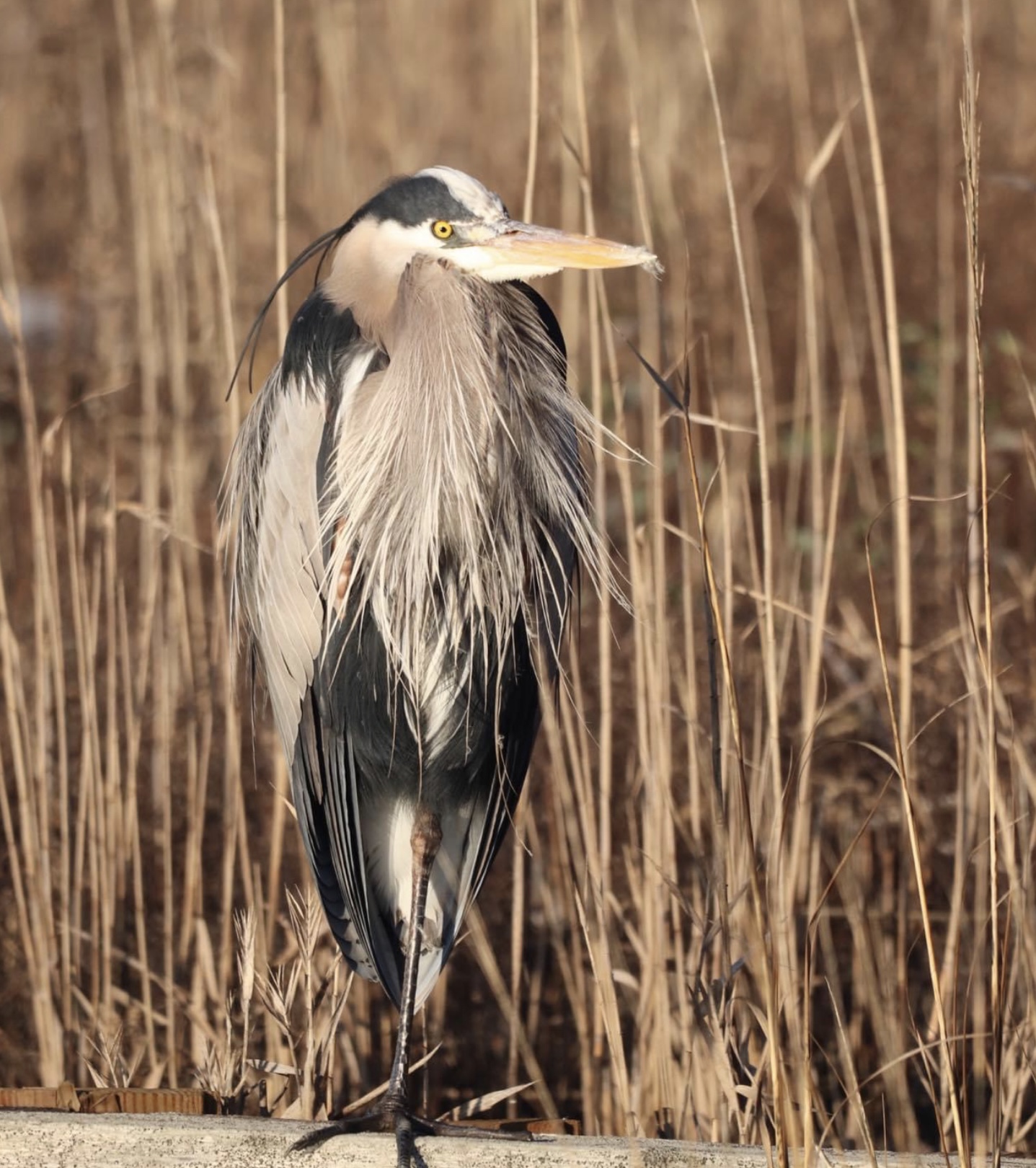
The largest of the North American herons, the Great Blue Heron is graced with long legs, a sinuous neck and a thick, daggerlike bill. Its head, chest and wing plumes give a shaggy appearance. In flight, the Great Blue Heron curls its neck into a tight “S” shape. Their wings are broad and rounded and its legs trail well beyond the tail.
Size wise, this beautiful bird is taller and much heavier than a Great Egret but much smaller and much less bulky than a Sandhill Crane. Both sexes measure in length approximately 38” – 54”. Their approximate weight is 74” – 88” with a wingspan of about 65” – 80”.
Great Blue Herons appear blue-gray from a distance, with a wide black stripe over the eye. In flight, the upper side of the wing is two-toned: pale on the forewing and darker on the flight feathers.
Hunting Great Blue Herons wade slowly or stand statue-like, stalking fish and other prey in shallow water or open fields. Their very slow wingbeats, tucked-in neck and trailing legs create an unmistakable image in flight.
These Great Blue Herons can be found in saltwater and freshwater habitats, from open coasts, marshes, sloughs, riverbanks, and lakes to backyard goldfish ponds. They also forage in grasslands and agricultural fields. Breeding birds gather in colonies or “heronries” to build stick nests high off the ground.
Article taken from “All About Birds.”
https://www.allaboutbirds.org/guide/Great_Blue_Heron/id
Monarch Butterflies
Since June 2016, we have concentrated on the plight of monarch butterflies by improving their habitat. In May of 2021, the Borough of Barnegat Light granted the garden club an area of the Bay Breeze Park for a garden specifically designed as a habitat for all pollinators. Links below provide information on the plight of the monarch butterfly, host plants and attracting monarchs to your garden.
Click here to go to the Pollinator Garden page.
These efforts and others over the years have highlighted our need to support and promote native and endangered plant species and to discourage the planting of tenacious and invasive ones. Many organizations, including the native plant society New Jersey SE Chapter, spearhead this effort. A section from the core mission states, “Because native plants are adapted to local soils and conditions (especially rain and temperature), they require less maintenance. More importantly, native plants form the base of our natural food webs. They provide food for caterpillar and other insects which, are crucial to the lives of birds and other wildlife.”
The Garden Club Of LBI has always given support to this cause. This year we hope to expand that outreach through educational events for children and adults in cooperation with our own Environmental Committee and the following active organizations who support this vital effort. Please click on the following links for additional information on Native and Indigenous plants.
www.Jerseyyards.org – Provides a comprehensive native plant database and listings and descriptions of Jersey friendly and non-native plants.
www.npsnj.org – Highlights upcoming events support native plants and ways to combat tenacious and invasive species.
www.njaes.rutgers.edu – Provides guidelines for incorporating native plants in your residential landscape.
Additional information and updates on the Garden Club of LBI initiatives supporting this initiative will follow.
Monarch Butterfly links:
www.butterflyidentification.com Visual guide butterfly identification.
www.monarchbutterflygarden.net – Butterfly friendly landscaping
www.monarchjointventure.org – Agency which promotes butterfly migration.
Monarch Population 2020

Butterfly Host Plants for South Jersey
Here are just a few of the local plants that will draw adult monarchs to your garden. Click on a picture to enlarge.





